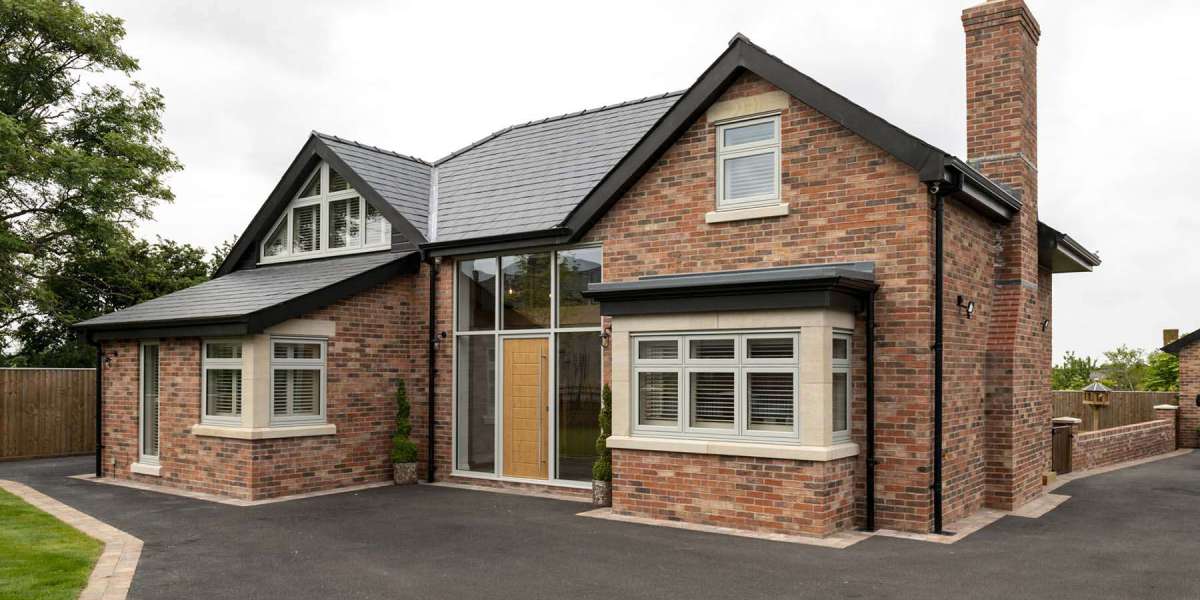Introduction
Window installation is a critical aspect of building construction and renovation that significantly impacts energy efficiency, aesthetics, and the overall functionality of a structure. Proper installation ensures that windows perform optimally, contributing to the comfort and safety of the occupants while reducing energy costs. This report delves into the various types of windows, the installation process, best practices, common challenges, and the importance of professional installation.
Types of Windows
Before discussing the installation process, it is essential to understand the different types of windows available in the market. Each type has unique characteristics, advantages, and installation requirements.
- Double-Hung Windows: These windows consist of two vertically sliding sashes. They are popular for their traditional aesthetic and ease of cleaning.
- Casement Windows: Hinged at the side, casement windows open outward, providing excellent ventilation and unobstructed views.
- Sliding Windows: These windows slide horizontally and are ideal for areas with limited space. They are easy to operate and provide a modern look.
- Awning Windows: Hinged at the top, awning windows open outward from the bottom, allowing for ventilation even during rain.
- Picture Windows: Fixed windows that do not open, picture windows are designed to provide unobstructed views and natural light.
- Bay and Bow Windows: These protruding window styles create additional interior space and offer panoramic views.
The Installation Process
The window installation process can be broken down into several key steps:
- Preparation: Before installation begins, it is crucial to prepare the work area. This includes removing any existing windows, cleaning the opening, and ensuring that the frame is in good condition. Any damage to the frame must be repaired before proceeding.
- Measuring: Accurate measurements are essential for a proper fit. The width and height of the window opening should be measured at multiple points to ensure consistency. It is recommended to take measurements from the inside of the frame.
- Choosing the Right Window: Selecting the appropriate window type and size based on the measurements is vital. Factors such as energy efficiency ratings, materials, and style should be considered.
- Installing the Window:
- Securing the Window: Once positioned correctly, the window is secured with screws or nails. It is essential to follow the manufacturer’s guidelines for fastening.
- Sealing: Proper sealing is crucial to prevent air and water leaks. Caulking is applied around the exterior perimeter, and insulation may be added around the frame.
- Finishing Touches: After installation, the final steps include installing interior and exterior trim, ensuring that the window operates smoothly, and checking for any gaps that need sealing.
Best Practices for Window Installation
To ensure a successful installation, several best practices should be adhered to:
- Follow Manufacturer Instructions: Each window type comes with specific installation guidelines. Adhering to these instructions is essential for warranty purposes and optimal performance.
- Use Quality Materials: Investing in high-quality windows and installation materials can enhance durability and energy efficiency.
- Check Local Building Codes: Compliance with local building codes and regulations is crucial. This may include specific requirements for window size, type, and energy efficiency standards.
- Ensure Proper Insulation: Proper insulation around the window frame is vital to prevent drafts and moisture intrusion, which can lead to mold and structural damage.
- Perform Regular Maintenance: After installation, regular maintenance, such as cleaning and checking seals, can prolong the life of the windows and ensure they function correctly.
Common Challenges in Window Installation
Despite careful planning and execution, several challenges may arise during window installation:
- Improper Measurements: Inaccurate measurements can lead to ill-fitting windows, causing air leaks and decreased energy efficiency.
- Structural Issues: Older homes may have warped or damaged frames, requiring additional repairs before installation can proceed.
- Weather Conditions: Installing windows during inclement weather can lead to complications, such as improper sealing and water damage.
- Limited Space: In tight spaces, maneuvering windows into place can be challenging, requiring additional tools and techniques.
- DIY Risks: While some homeowners may attempt DIY installations to save costs, lack of experience can lead to poor installation, resulting in costly repairs down the line.
The Importance of Professional Installation
While DIY window installation may seem appealing, hiring a professional can provide several advantages:
- Expertise and Experience: Professionals have the training and experience to handle various window types and installation challenges, ensuring a proper fit and function.
- Warranty Protection: Many window manufacturers require professional installation to maintain warranties. A professional installation ensures compliance with these requirements.
- Time Efficiency: Professionals can complete installations more quickly due to their experience and access to specialized tools.
- Quality Assurance: Hiring a professional guarantees quality workmanship, reducing the likelihood of future issues related to improper installation.
- Safety: Window installation can involve working at heights and using power tools. Professionals are trained in safety protocols to minimize risks.
Conclusion
Window installation is a complex but essential process that requires careful planning, precise execution, https://www.yell.com/biz/ideal-glass-st-albans-10766779/ (58.241.155.106) and adherence to best practices. Understanding the types of windows, the installation process, and the potential challenges can help homeowners make informed decisions. While DIY installations may save costs initially, the benefits of hiring a professional often outweigh the risks and challenges associated with improper installation. Ultimately, investing in quality windows and professional installation contributes to the energy efficiency, safety, and aesthetic appeal of any building.








